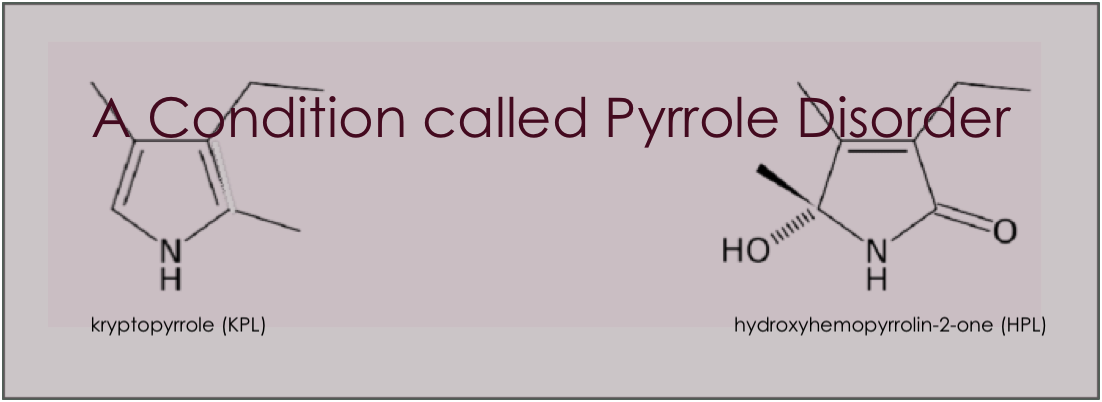Todays post is about slow cooker cooking.
One of the things I love about this time of year is that with the cooler weather, we use our slow cooker more often. There are several advantages with using a slow cooker.
One being that you can make lovely dishes with cheaper cuts of meat. It is also a healthy way to cook.
Though the cheaper cuts tend to be a little bit tough, the moist cooking method and longer cooking time result in fork tender meat. These cuts are also usually lower in fat. This helps to lower the fat content as well as the calorie content of the meal.
What about nutrition?
With all cooking techniques, there may be some breakdown in nutrients. Though there are a few nutrients, such as lycopene, which turn out to be more easily absorbed after cooking.
The advantage of slow cooking over other methods is that the food is cooked at a relatively low heat for a longer period of time. Cooking “slow and low” in a sealed chamber helps to keep the moisture and the nutrients in your food.
It also helps to prevent the formation of cancer-causing compounds – such as lipid oxidation products (LOPs) and heterocyclic amines (HCAs). These dangerous compounds form when most types of meat and some fats are cooked at high temperature.
Unlike boiling or steaming, the dish still contains the nutrients. These are usually in the juices which are served as part of the meal. However, the nutrient content of the dish will always depend on the ingredients you use.
What about the bones?
There has been a lot of health revelations in regards to ‘bone broth’ recently and how good it is for us. Well, using your slow cooker to cook lamb shanks or osso bucco and other ‘bone in ‘ cuts, means you are getting the benefits of a bone broth.
Animal bones are rich in calcium, magnesium, potassium, phosphorus and other trace minerals. These are the same minerals needed to build and strengthen our bones. The marrow provides vitamin A, vitamin K2, minerals like zinc, iron, boron, manganese and selenium, as well as omega-3 and omega-6 fatty acids.
In some cuts you may get some connective tissue, which provides glucosamine and chondroitin. These compounds are known to support joint health. All of these animal parts also contain the protein collagen, which turns into gelatine when cooked. This then creates several important amino acids.
As the ingredients simmer away, their nutrients are released into the water in a form your body can easily absorb.
It’s so easy.
The best thing about slow cooker cooking is how easy it is. You put all the ingredients into the pot, turn it on and go to work. When you get home your dinner is ready and waiting. It takes minimal effort to create a nutritious, tasty meal.
So, next time you are thinking about what to cook on a cold evening, think slow cooker.
Till the next post,
Live clean n prosper
(Sources – Huffington Post, bbc Good food, Healing gourmet, Healthline)



